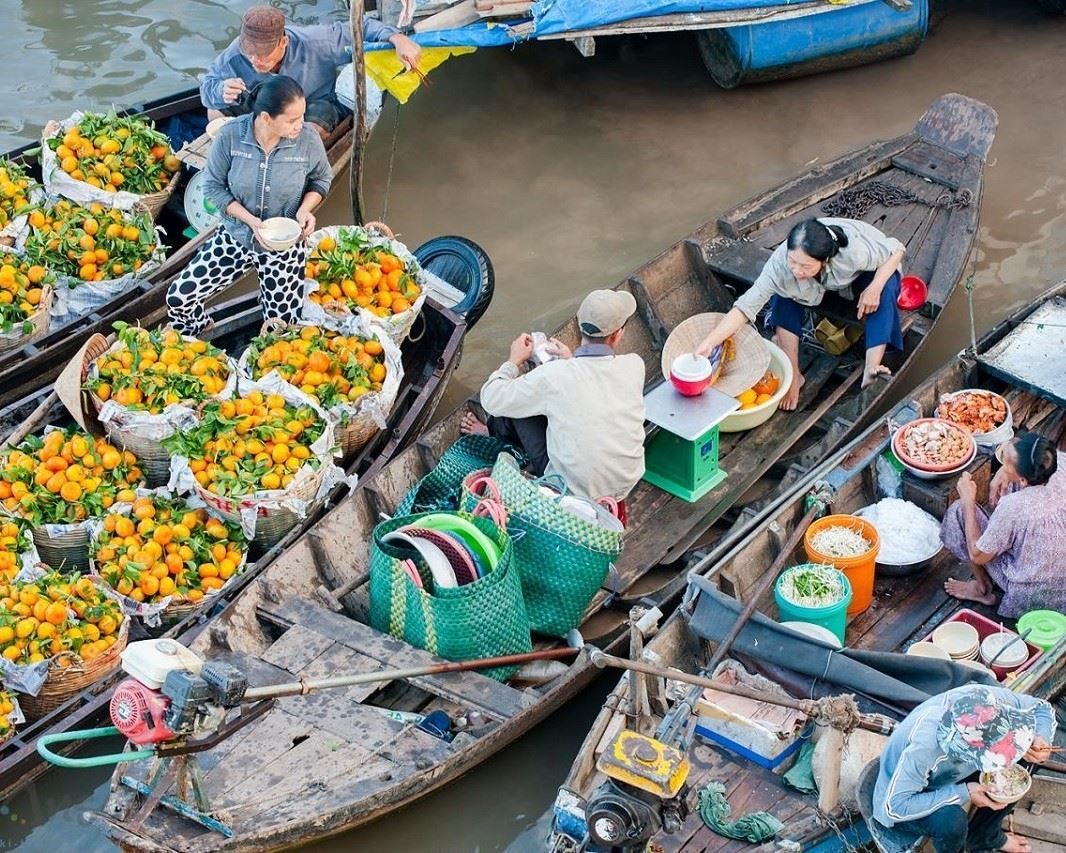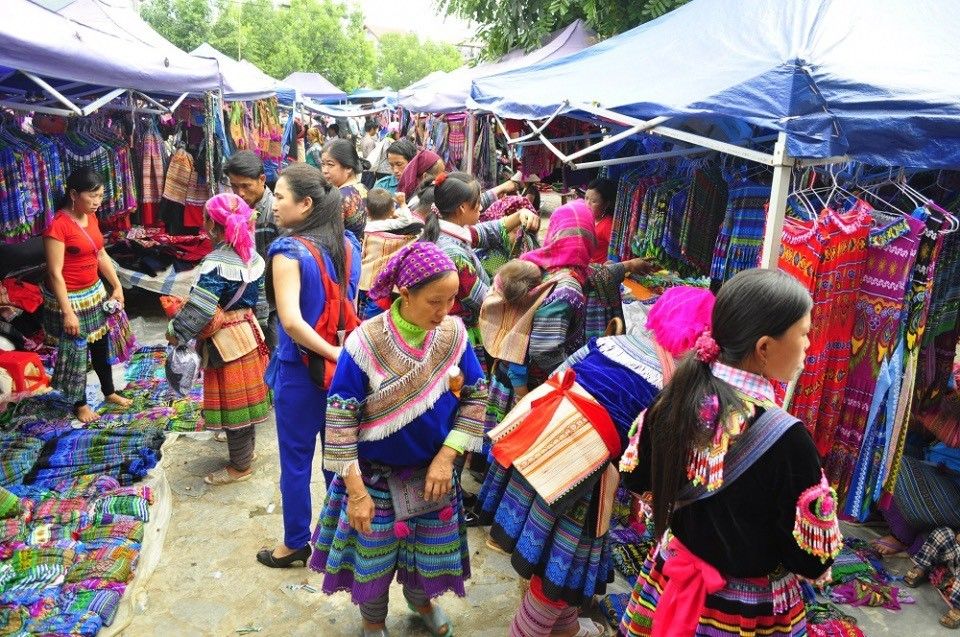Vietnam’s traditional markets are vibrant gateways to the country’s rich culture and history, offering an unforgettable travel experience.
Vietnam’s traditional markets are more than just places to buy goods - they are vibrant hubs of daily life, deeply rooted in the country’s history and culture. As part of your 15 days in Vietnam, these markets offer a unique and authentic Vietnam travel experience. From the bustling alleys of urban markets to the peaceful charm of rural fairs, each market provides a glimpse into the heart of Vietnam. Whether you're looking for fresh produce, handmade crafts, or an immersive cultural experience, Vietnam’s traditional markets are a must-visit during your journey. Here's a look at the different types of markets you can explore across the country.
1. Local Wet Markets (Chợ Truyền Thống)

Local wet markets are the lifeblood of Vietnam’s daily economy. Found in nearly every town and city, these markets typically open early in the morning and offer everything from fresh vegetables, fruits, seafood, and meat to household items and clothing. Vendors sit in rows with their goods displayed on low tables or tarps, creating a bustling, colorful atmosphere. Some famous wet markets include Ben Thanh Market in Ho Chi Minh City and Dong Xuan Market in Hanoi, where you can find local delicacies and fresh ingredients.
What to try:
- Fresh tropical fruits like rambutan, mango, and dragon fruit
- Local herbs and spices
- Vietnamese street food like bánh mì and bún chả
2. Night Markets (Chợ Đêm)

Night markets are an essential part of Vietnam’s nightlife, where locals and tourists gather to shop, eat, and enjoy the lively atmosphere. These markets open in the evening and stay active well into the night, offering everything from clothing and souvenirs to street food and handmade crafts. Night markets are particularly popular in tourist areas like Hoi An and Hanoi’s Old Quarter. Hoi An’s night market, for example, is known for its glowing lanterns and artisan goods, while Hanoi’s night market is perfect for sampling local snacks.
What to try:
- Handmade souvenirs and lanterns
- Local street food like phở, nem lụi, and chè
- Affordable fashion items and accessories
3. Floating Markets (Chợ Nổi)

Floating markets are a distinctive feature of the Mekong Delta region in southern Vietnam, where locals conduct their business on boats that float along rivers and canals. These markets, such as Cai Rang and Phung Hiep, are typically busiest in the early morning and offer a wide variety of goods, including fresh produce, seafood, and traditional snacks. Visiting a floating market is a unique experience that captures the essence of life on the water in Vietnam.
What to try:
- Fresh tropical fruits sold directly from the boats
- Vietnamese coffee served from floating cafes
- Traditional Mekong dishes like hủ tiếu (rice noodle soup)
5. Flower Markets (Chợ Hoa)

Flower markets are an integral part of Vietnamese culture, especially during holidays and festivals like Tet (Lunar New Year). Cities like Hanoi and Ho Chi Minh City boast large flower markets that come alive with vibrant colors and scents. Popular markets include Ho Thi Ky Flower Market in Ho Chi Minh City and Quang Ba Flower Market in Hanoi, which are especially bustling in the early hours. These markets offer a wide variety of fresh flowers, from orchids and lilies to traditional Vietnamese favorites like apricot blossoms and chrysanthemums.
What to try:
- Fresh flowers for offerings or home decoration
- Flower-related gifts and decor
- The vibrant atmosphere of Tet preparations
6. Fair Markets (Chợ Phiên)

Fair markets, typically held on specific days of the month, are common in rural areas. These markets are similar to local wet markets but are larger and more festive, often attracting vendors from surrounding villages. Fair markets are a great place to discover regional specialties and locally-made goods, from traditional ceramics and bamboo crafts to fresh farm produce. One example is the Tam Duong Market in Lai Chau Province, where ethnic minorities gather to sell handcrafted goods and local food.
What to try:
- Traditional ceramics and woven goods
- Locally-made snacks and produce
- Regional spices and herbs
Final Thoughts
Whether you’re strolling through a lively night market, bargaining in a rural fair, or sipping coffee at a floating market, Vietnam’s traditional markets offer a rich and immersive cultural experience. They reflect the diversity of the country’s regions and communities, each with its unique charm and specialties. For any traveler embarking on a journey through Vietnam, exploring these markets is a must for a deeper understanding of the country’s vibrant culture and way of life.
If you're intrigued by the vibrant and diverse market culture of Vietnam, why not experience it firsthand? Innoviet's 15-day immersive tour offers you the perfect opportunity to explore not only these markets but also the breathtaking landscapes and cultural heart of Vietnam. From the bustling cities to serene rural villages, this journey will take you through the most authentic parts of the country.
Learn more and book your unforgettable Vietnam travel experience here: Immersive 15 Days Journey Through Vietnam’s Heart and Soul
Embark on a true cultural adventure, tasting the flavors, meeting the people, and exploring the rich heritage of Vietnam!




















